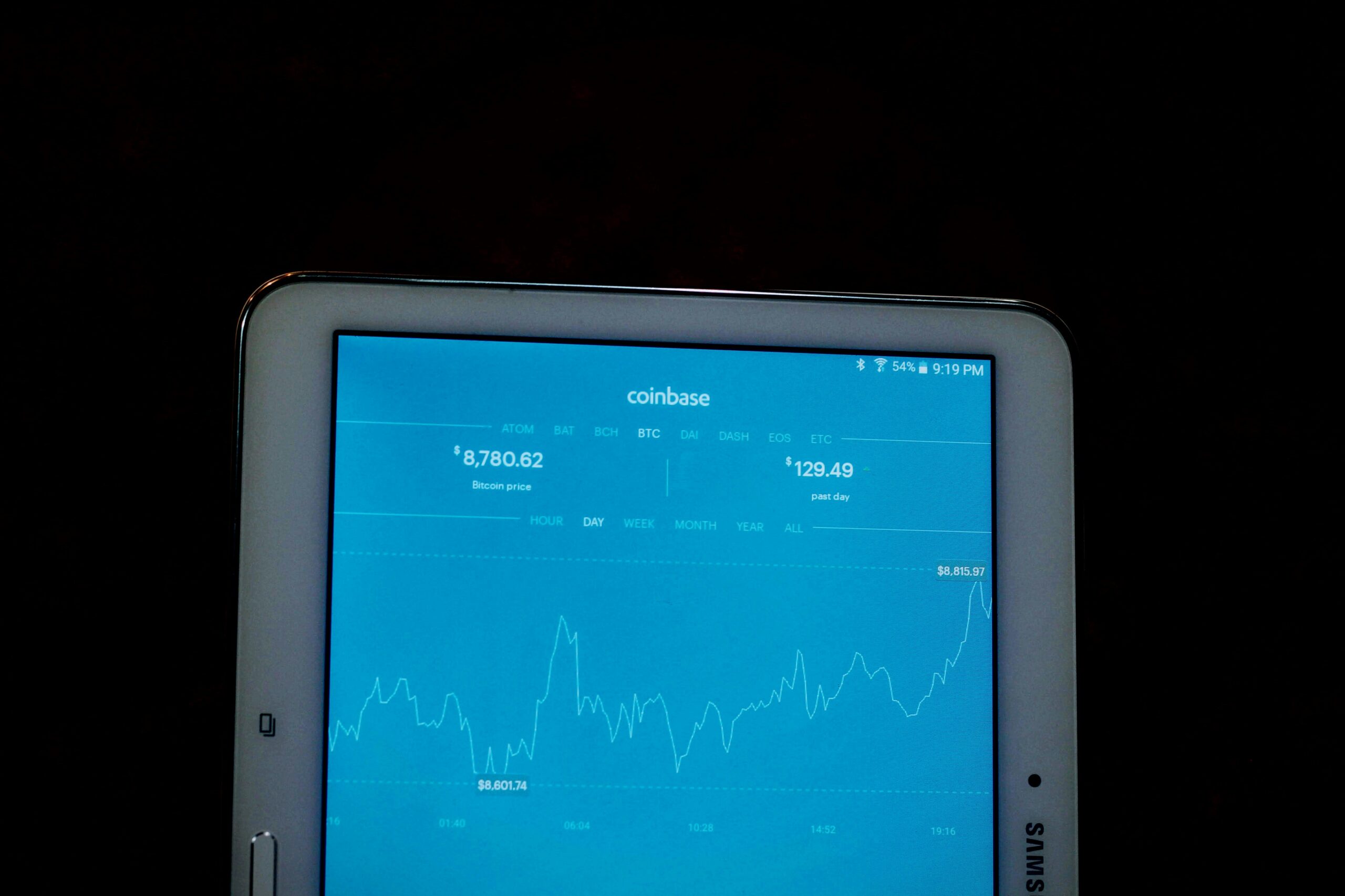
Google Ads Case Study: Achieving a 40% Increase in App Installs
Background: Understanding Our Client’s App
A mobile game, “Adventure Quest,” was struggling to acquire new users despite a strong user base. Their previous marketing efforts lacked focus and resulted in low conversion rates. The client’s goal was to increase app installs and improve their return on investment (ROI).
Problem: Low App Install Rates Despite Existing Marketing Efforts
Before our intervention, “Adventure Quest” experienced low app install rates and a poor ROI on their marketing spend. Their previous campaigns lacked a clear target audience and used generic keywords. They also had a poorly optimized landing page, leading to high bounce rates and low conversions. This resulted in wasted ad spend and a frustrated client.
Solution: Our Tailored Google Ads Strategy
Our strategy focused on a data-driven approach to improve the efficiency of their Google Ads campaigns. We implemented several key changes:
Keyword Research and Targeting: Finding the Right Audience
We conducted thorough keyword research, focusing on long-tail keywords specific to “Adventure Quest’s” features and target audience. This allowed us to precisely target users actively searching for similar games. We segmented our audience based on demographics, interests, and app usage, ensuring our ads reached the most relevant users.

Ad Copy Optimization: Crafting Compelling Ads
We created multiple ad variations and A/B tested them to identify the most effective messaging. We focused on highlighting the unique selling points of “Adventure Quest,” emphasizing its engaging gameplay and compelling features. Compelling ad copy significantly improved click-through rates.

Landing Page Optimization: Seamless User Experience
We redesigned the landing page to improve the user experience and conversion rates. The new landing page included clear calls to action, streamlined navigation, and compelling visuals. This ensured users could easily download the app and seamlessly transition from the ad to the app store.

Campaign Structure and Bidding Strategy: Maximizing Efficiency
We implemented a structured campaign with well-defined ad groups and highly targeted keywords. This improved campaign efficiency and allowed us to optimize bids effectively. We used a smart bidding strategy to maximize conversions while staying within budget. This also allowed us to focus on ROI optimization.

Results: A 40% Surge in App Installs
After implementing our Google Ads strategy, we saw a significant improvement in “Adventure Quest’s” performance. App installs increased by 40%, exceeding the client’s expectations. We also achieved a substantial improvement in conversion rates and a positive ROI. These results demonstrate the effectiveness of our data-driven approach.

Lessons Learned: Key Takeaways and Future Strategies
This campaign highlighted the importance of data-driven decision-making, continuous optimization, and the power of a well-defined target audience in achieving success in app install campaigns. We learned that focusing on long-tail keywords and crafting compelling ad copy are crucial factors in improving click-through rates and conversions. Continuous A/B testing and monitoring campaign performance are key to maintaining and improving results. For future campaigns, we plan to explore additional features of Google Ads, such as audience expansion and more advanced bidding strategies, to further improve campaign performance. Check out our other case studies, such as this one on ASO for more insights into app growth strategies.

FAQ
What were the main challenges in achieving this increase?
Initially, the biggest challenges were a limited budget and high competition within the mobile gaming market. Precise audience targeting was crucial to overcome these hurdles.
How long did it take to see these results?
We started seeing significant improvements within four weeks of implementing the new strategy, with the 40% increase in app installs achieved within two months.
What specific Google Ads features were most effective?
Audience segmentation, responsive search ads, and smart bidding strategies were the most effective features in this campaign. These features allowed for highly targeted ad delivery and efficient budget allocation.
Can this strategy be replicated for other apps?
Yes, this data-driven approach can be replicated for other apps, but it requires careful consideration of the app’s specific features, target audience, and competitive landscape. The principles of keyword research, ad copy optimization, landing page optimization, and campaign structure remain universally applicable. Read more about effective app marketing strategies in our blog post on social media marketing for apps. You can also explore other case studies like this one on mindfulness app growth for more inspiration.
